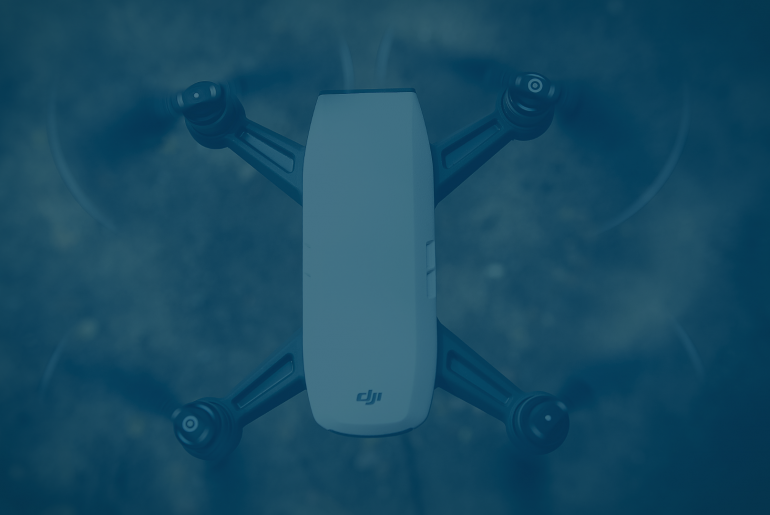Gatwick Airport, the UK’s second largest airport, has just become a key example of how thoroughly today’s consumer tech can disrupt our infrastructure. The airport briefly suspended all flights again Friday, the third time in three days, due to suspected drone sightings in the area. That’s right — drones were able to shut down a major UK artery for well over 24 hours, as police and armed forces have seemingly been unable to find those responsible.
A new ‘suspected drone sighting’ briefly shut down air traffic at Gatwick Airport yet again, diverting more flights.
Gatwick Airport, the UK’s second largest airport, has just become a key example of how thoroughly today’s consumer tech can disrupt our infrastructure. The airport briefly suspended all flights again Friday, the third time in three days, due to suspected drone sightings in the area. That’s right — drones were able to shut down a major UK artery for well over 24 hours, as police and armed forces have seemingly been unable to find those responsible.
The airport initially had its flights suspended at 9PM on Wednesday evening after the drones were spotted, and though it briefly reopened at 3AM, it was forced to close once more 45 minutes later after the drone flights resumed. The airport remained closed until about 6:14AM on Friday morning, at which time the runway opened to a “limited number of flights,” according to a statement from the airport. The airport was open until around 8:26PM local time, when police told UK media that flights had been suspended once more.
The Guardian reports that some airplanes were circling, unable to land, and many have been diverted to other airports, but the latest closure was brief: at around 9:31PM local time, the airport said it had resumed flights, with “military measures” in place.
Police have apparently been unable to locate those responsible for the drones, which had been sighted more than 50 times since the runway was first closed. Given the fairly brief flight time of most drones (you’d need a lot of drones, a lot of batteries, or both) that suggests this disruption may have been planned in advance.
The Army had been called in to support Sussex Police, which assessed that the incident wasn’t terrorism-related, but a deliberate attempt to disrupt flights. Police had been looking for a way to disable the drones, but had ruled out shooting the devices due to risk of stray bullets. The operator, or operators, when caught, could face up to five years in jail for the disruption, and there’s now a £10,000 reward for information leading to their arrest.
As well as preventing any flights from taking off, the suspension meant that numerous inbound flights had to be diverted to other London-area airports including Luton, Heathrow, and Stansted, while other flights were forced to land in Paris and Amsterdam. In total, 760 flights containing 110,000 passengers were due to either take off or land at Gatwick over the course of Thursday.
Responding to the incident, the UK’s Civil Aviation Authority said that “it is totally unacceptable to fly drones close to airports and anyone flouting the rules can face severe penalties including imprisonment.” Currently, the law states that flying within 1km (0.6 miles) of an airport is illegal in the UK without explicit permission, and if caught, the pilots of Gatwick’s drones could face up to five years in prison according to the Aviation Minister Baroness Sugg. Although drone users in the US have been required to register their drones since 2015, similar rules for UK owners aren’t due to come into effect until November 2019.
Due to the difficulty of catching the pilots, technical measures have been proposed to ensure flying a drone near an airport is not just illegal, but technically impossible. One airspace security company has suggested that a combination of radar, camera detection, radio frequency detection, and jamming technologies could be used by airports to shut down illegal drone flights. As well as equipping its drones with geofencing software that prevents them from being flown in restricted airspace, DJI has developed technology that lets it detect drones from as much as 10 miles away.
Such measures might become necessary thanks to the increasing numbers of drone incidents that airports are experiencing. Dedrone, a site that tracks drone incidents globally, recorded 13 incidents in November 2018 across the USA, Switzerland, Germany, Austria, New Zealand, and the UK.
Source: The Verge



